In general, copyright law serves two major purposes:
Works in the public domain are not protected by copyright laws. Anyone is free to reprint, reuse, redistribute, republish, and re-purpose these works freely.
There are three main categories of public domain works:
For an extremely thorough guide to copyright and fair use, see the Stanford University Libraries’ guide to Copyright & Fair Use.
Sometimes you can use copyrighted works in an educational context without violating copyright law. If you are concerned about whether fair use applies, the best thing to do is to bring your materials to the Course Content office. The librarians in that office will evaluate copyright restrictions and, when possible, make the materials available to your students while observing copyright law.
The four factors to consider in determining what constitutes fair use are:
For an overview of fair use, please watch “Fair Use in 2 Mins,” a video guide from April Hathcock, the Director of Scholarly Communications & Information Policy at NYU and former intellectual property and antitrust lawyer.
